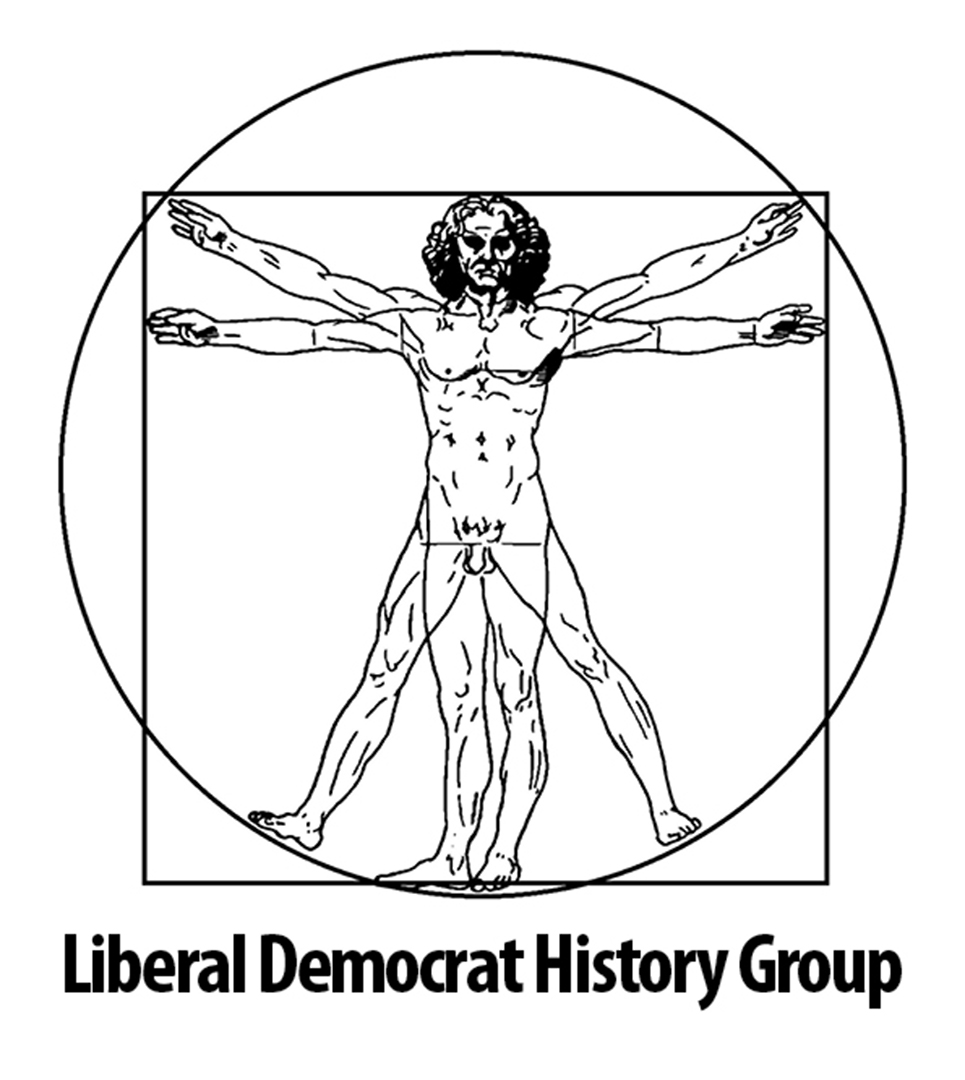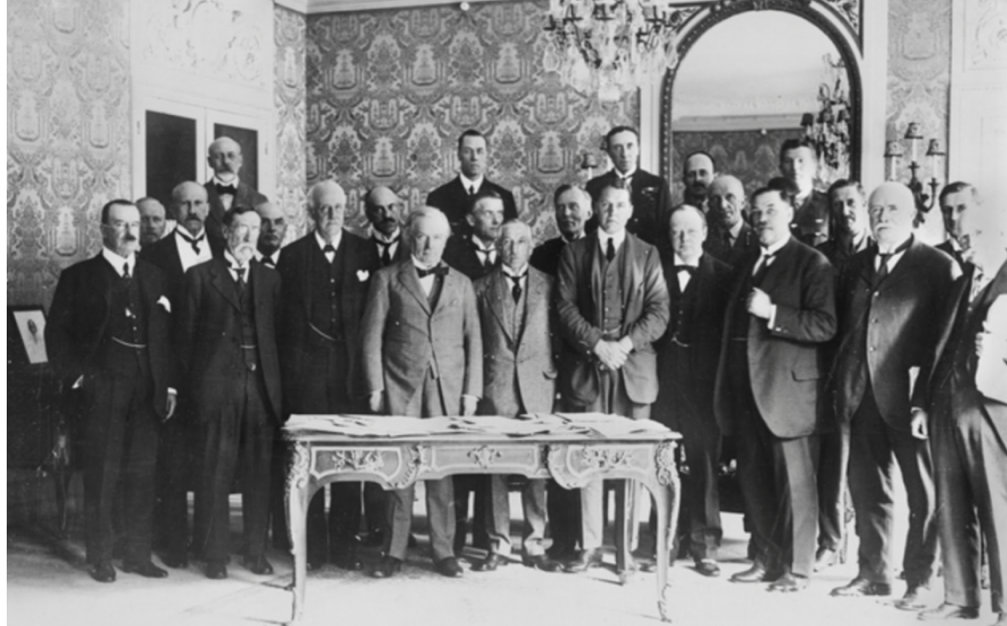However, for the Liberal Party, the election represented something of an indian summer; their campaign boasting all the essential ingredients for success that had been lacking in previous contests. The Party were finally united around a strong leader, in the form of Lloyd George, and possessed an original and innovative programme which had the potential to capture public imagination, through the use of a well-financed campaign.
On 1 March 1929, Lloyd George launched We Can Conquer Unemployment, the policy document that was to form the basis of the Liberals’ campaign. The Welshman pledged that if his party were returned to office, they would reduce levels of unemployment to normal within one year by utilising the stagnant labour force in vast schemes of national development. The programme had evolved from the policy studies Lloyd George had commissioned in the immediate years prior to the election and was a direct legacy of the Yellow Book, (Britain’s Industrial Future) that had been published in the previous year.
The schemes for national development were supported by key economists and theorists such as John Maynard Keynes and Seebohm Rowntree and detailed explicit plans for house building, road construction and the extension of the telephone system, all of which would stimulate the economy by providing jobs for the unemployed. The manifesto included a breakdown of the levels of employment that would be generated by each scheme and identified the total cost and financing arrangements for each programme. 350,000 men would be put to work constructing roads and bridges alone, and the Liberals claimed that the cumulative effect of all schemes would generate an annual saving of £30,000,000 to the Unemployment Fund.
The ambitious programme contrasted sharply with the Conservatives’ slogan of ‘Safety First’, which firmly promoted the continuation of economic orthodoxy and produced no original plans to tackle the escalating economic crisis. Given their record, the Conservatives had entered the contest with little confidence. Their leader, Stanley Baldwin, was reduced to a figure of fun by satirical cartoonists, who portrayed him with a stick of broccoli in his button hole, following his claim that the initiation of Cornish exports of the vegetable symbolised the re-growth of Britain’s ailing export industry.
Within days of announcing their pledge, the Liberals secured by-election wins at Eddisbury and Holland with Boston and their prospects looked hopeful. Once again, the Party was at the forefront of an election campaign, with 150 extra candidates leading debate and stimulating discussion. Lloyd George embarked upon a round of public meetings, including a key gathering at the Albert Hall on 26 March, where he had a combined audience of 50,000 people. His deputy, Sir Herbert Samuel was kept equally active and undertook a 23-day speaking tour that took him to all corners of the country. The Conservative government were so concerned by the potential popularity of the Liberal plans that they even published a white paper in an attempt to discredit the schemes.
Yet although they polled 5,300,000 votes, the election result was a bitter disappointment for the Liberals, who won just 59 seats, only 16 more than they had taken in 1924. Labour formed a minority government with 287 seats and the Conservatives were beaten into second place with 261 MPs. Although the Liberals had undoubtedly made the Conservative defeat more crushing and halted the Labour advance in some areas, the result confirmed their position as a third party and dashed any hope that they had of ever regaining power. If the Liberals could not win under such promising conditions, then it was inconceivable that they would ever win again. ‘I feel nearly hopeless’, a dejected Walter Runciman told Herbert Gladstone on 4 July.
Labour were now evidently the party of choice for those on the radical left and Ramsay Macdonald was able to capitalise on Lloyd George’s legacy of distrust and broken post-war pledge of ‘homes fit for heroes’, in order to discredit his programme. The extension of the franchise to younger people, in 1928, also helped Labour, by introducing a new generation of voters who were able to disinherit their parents’ traditional political allegiances with little concern.
A J P Taylor has also suggested that the Liberal proposals may have been too radical for their time, exclaiming that, ‘where experts lagged, ordinary men were bewildered’. The concept of the state spending vast amounts of money on public works to produce prosperity would have been a hard concept to grasp amidst the deprivation of the inter-war years.
Furthermore, although the Liberals did gain around quarter of the votes, they only gained a small number of seats and thus it could be claimed that they were disadvantaged by the nature of the electoral system. Trevor Wilson argues that the results hide the extent of Liberal support, highlighting that the party’s share of the vote actually increased by 40% in those constituencies that were contested by all three parties in both 1924 and 1929.
Nonetheless, it was the public perception that the Liberals had no real prospect of ever forming a government to implement their plans that did the party the most damage at the polls. The disappointing result had a devastating effect on the party’s morale and within a week of the election W A Jowitt had defected to the Labour Government. A string of further defections followed, including Lloyd George’s Chief Whip, Freddie Guest, who went to join the Tories. Having exhausted their last opportunity to make a political comeback, the Liberals looked towards the future dejectedly.

